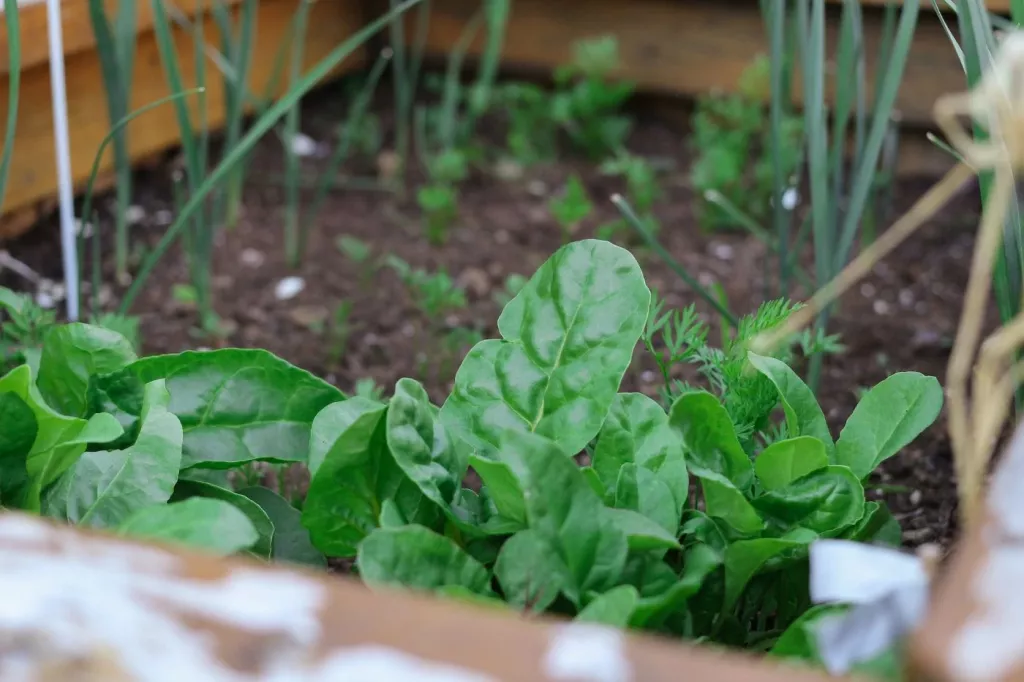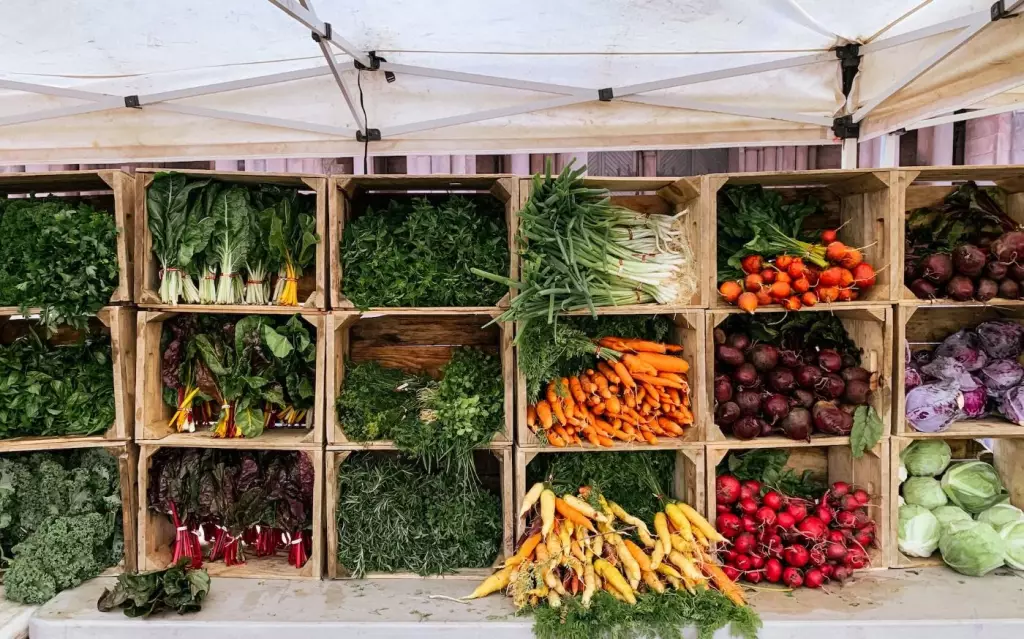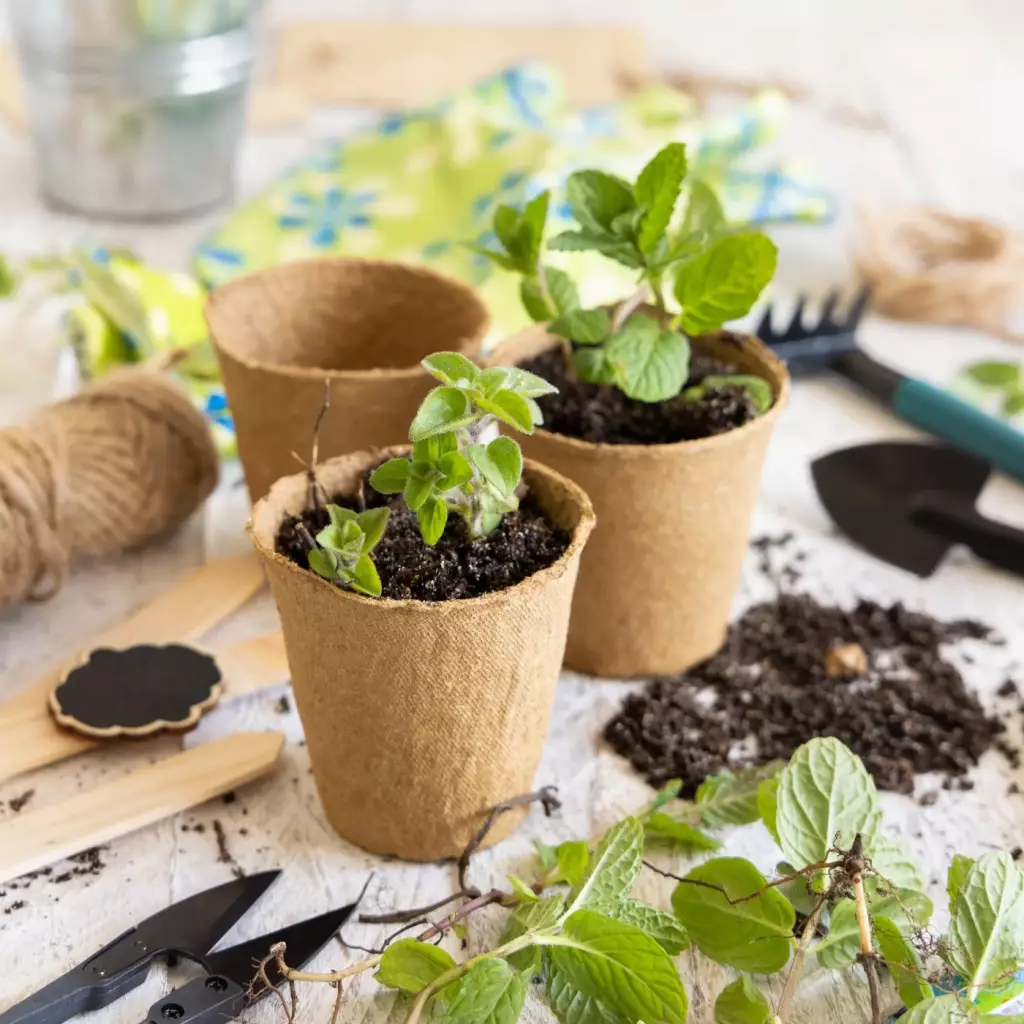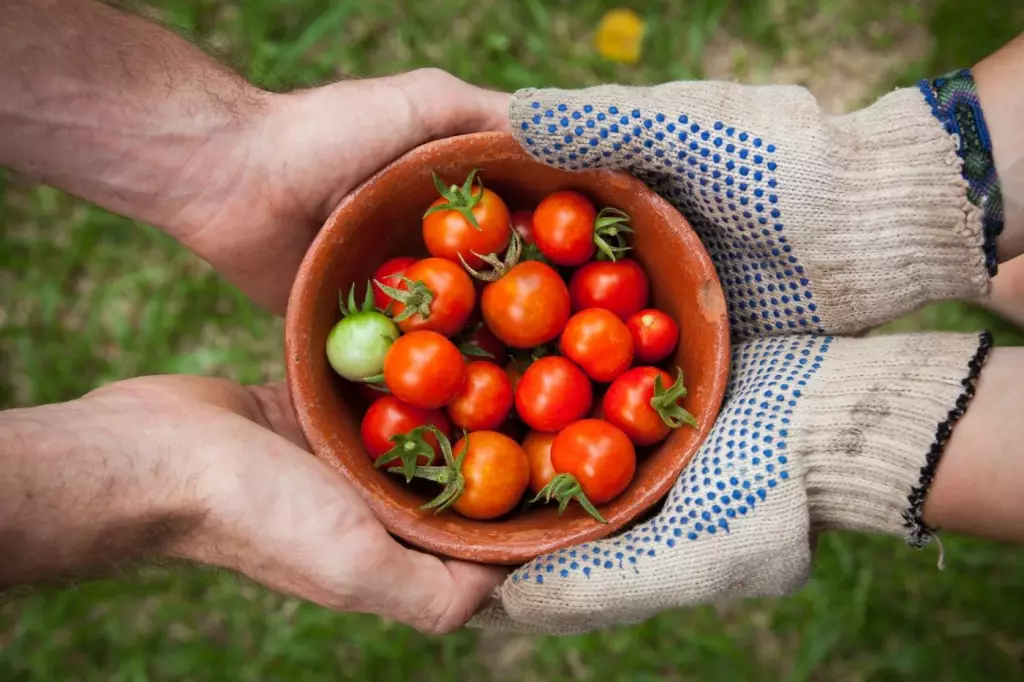13 Market Gardening Crops You Should Consider Planting
We’ve seen people grow crops in their backyard gardens for their own consumption, and we can’t help but be amazed by how much dedication they have. But over time, some have explored a way to profit from simple gardening through a market garden. In this article, we’ll review a list of crops you may want to consider planting in your market garden if you plan to profit while enjoying this hobby.
The market gardening crops you should consider planting are tomatoes, arugula, lettuce, spinach, microgreens, peppers, cucumbers, summer squash, carrots, onions, garlic, herbs, and lavender. When choosing crops for a market garden, know the preference in the market, which are profitable and grow well in your location.
Knowing which crops to plant is not enough to go out and about in your market gardening. You must know how market gardening benefits the environment, the economy, and consumers, as well as how it encourages a healthy lifestyle. Keep reading to learn more.
Summary
- The most common and profitable crops you should consider planting in a market garden are tomatoes, arugula, lettuce, spinach, microgreens, peppers, cucumbers, summer squash, carrots, onions, garlic, herbs, and lavender.
- When choosing what crops you should be planting in a market garden, consider the profitability, consumer preference, and compatibility of the crop in your location.
- Market gardening is helpful to consumers as it promotes a healthy lifestyle and is helpful to the environment and economy as well.

On this page:
Crops to Consider Planting in a Market Garden
The estimated production rate of a market garden is 200 times higher than growing wheat. This allows farmers to gain more profit, give more people a job, and rely less on pesticides and heavy farming equipment since the work can be done manually.
The main crops that you may want to consider planting in your market garden are the following:
Tomatoes
Cherry tomatoes are the most profitable tomatoes you can grow. Their cost per pound is around $3.48 per pound. They also mature quickly, so they are harvestable between 45 and 80 days from seed to harvest.
Arugula
Arugula is a healthy leafy green vegetable that is popular for its peppery taste. Arugula can earn you around $6 per pound, plus harvesting time will only take 40 days, so it’s a good choice to plant for a market garden.
Lettuce
Lettuce is also a good choice of crop for market gardens because it’s quick and easy to grow and can be harvested both early and late in the season. It can earn you around $2 per pound.
Microgreens
Microgreens refer to the seedlings of the following: peas, radishes, and sunflowers. They can usually be harvested in 7 to 14 days and are nutritious and tasty. They also conserve space as they are small yet very profitable and can earn $20 to $50 per pound, or $10 to $25 per 10-inch by 20-inch tray.

Peppers
Peppers are particularly profitable because consumers prefer the taste they add to meals as well as their appealing bright colors. The harvesting period of pepper is also quick, and it can produce continuously if the needs are met. Peppers can earn you $4 per pound.
Garlic
Gourmet varieties of garlic are more profitable than standard garlic. It’s also much preferred by restaurants, and competition is less since standard garlic is more commonly sold. Gourmet garlic can cost around $16 per pound.
Summer squash
Summer squash is another popular top pick for a market garden. Summer squash can produce over an extended harvest period. It’s usually around $1.5 per pound, but since the harvesting period can be stretched, it still gains more profit than others.
Cucumber
Like summer squash, cucumbers can also produce over an extended harvest time, and the profit is around $2 per pound.
Carrots
Root crops like carrots require thorough weeding and thinning to produce good-sized roots, and they have the potential to stretch the season, which makes them a good choice for a market garden. It can earn you around $2.5 per unit of a bunch of carrots.
Onions
Onions are one of the most profitable crops to try planting in a market garden. It’s also highly preferred by consumers as part of their meals. Bunching onions pay more per square foot than slicing onions and are readily harvestable. Green onions cost $2 per pound.
Herbs
Herbs like basil are a good market garden crop because they can be moved around and only need small containers or spaces to grow. Basil is also very profitable, especially in the kitchen, as it is used in Italian sauces, pasta, pizza, and sandwiches. But on top of this, basil is profitable because it grows easily and can be harvested between 3 and 4 weeks. Basil sells for around $50 to $60 per pound.

Spinach
Like leafy green arugula, spinach is also a great crop to grow in a market garden. With growing consciousness towards a healthy lifestyle, consumers usually prefer these types of leafy vegetables. Income from spinach sales can be around $3 to $4 per bunch.
Lavender
One specialty crop that you may want to consider planting in your market garden is lavender. What makes lavender an excellent crop to consider is that it is low-maintenance. If it gets enough sunlight and is set up with good drainage, it can grow well without much attention and won’t even need irrigation or fertilizer.
Although it takes two years for lavender plants to begin flowering, when they do, they’ll continue to flower for 10 years or longer. Lavender plants grow quickly and are resistant to disease.
It’s also catered to different markets, as it can be used in essential oils, soaps, and perfumes or sold as dried or fresh flowers to florists. An acre of lavender can produce 12,000 bouquets in a year, and each bouquet can be sold for at least $10.
What Exactly is Market Gardening
Market gardening is the commercial production of high-value crops on just a few acres of land. It is larger than a home garden, but it is smaller than a large-scale industrial farm. It is best described as an intense production of vegetables, fruits, flowers, and other plants with the goal of producing continuously and selling directly to customers.
The aim of a market garden is the same as all farm enterprises, which is to make a profit. While market gardening is more inclined towards producing for local markets, long-distance shipping is also being considered.
Market gardening works by applying a bio-intensive method, which refers to the intense production of crops by imposing high rotation on a broad range of crops. For example, if you harvest lettuce today, tomorrow you can already replant another one, and so on and so forth. It targets an all-year-round production from as early as spring to late autumn. It also seeks to optimize the small area of land by achieving maximum productivity.
Main Benefits of Market Gardening

Market gardening has many benefits, not just for the producers but also for the consumers. The following shows how market gardening is beneficial in many ways:
- It promotes a healthy diet among consumers. Since a market garden produces fresh, organic products that are harvested and sold directly to consumers, consumers will have easy access to a healthy lifestyle.
- A market garden also helps reduce climate change, offers biodiversity since crops are alternately planted, and promotes soil regeneration as well.
- Market gardening also contributes to the local economy. There will be less reliance on imports. It’s also helpful as it has a decentralized system, wherein if anything happens (for example, the COVID-19 pandemic), it won’t affect all the industry as market gardens are individualized.
- Offers opportunities for small-time farmers and offers many jobs for others as well since the labor is done manually instead of by machinery.


